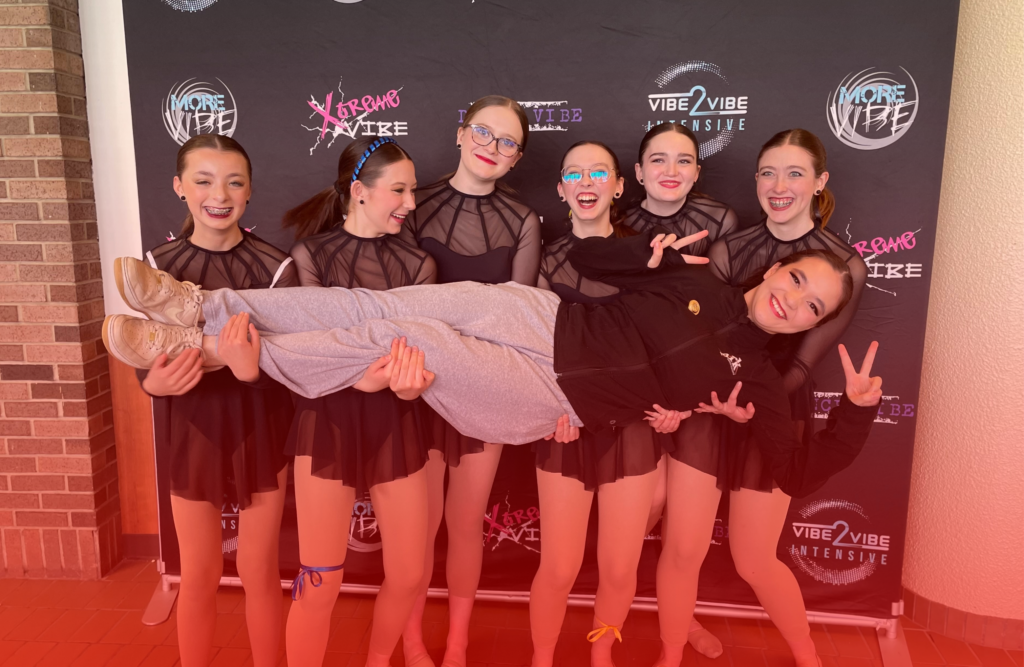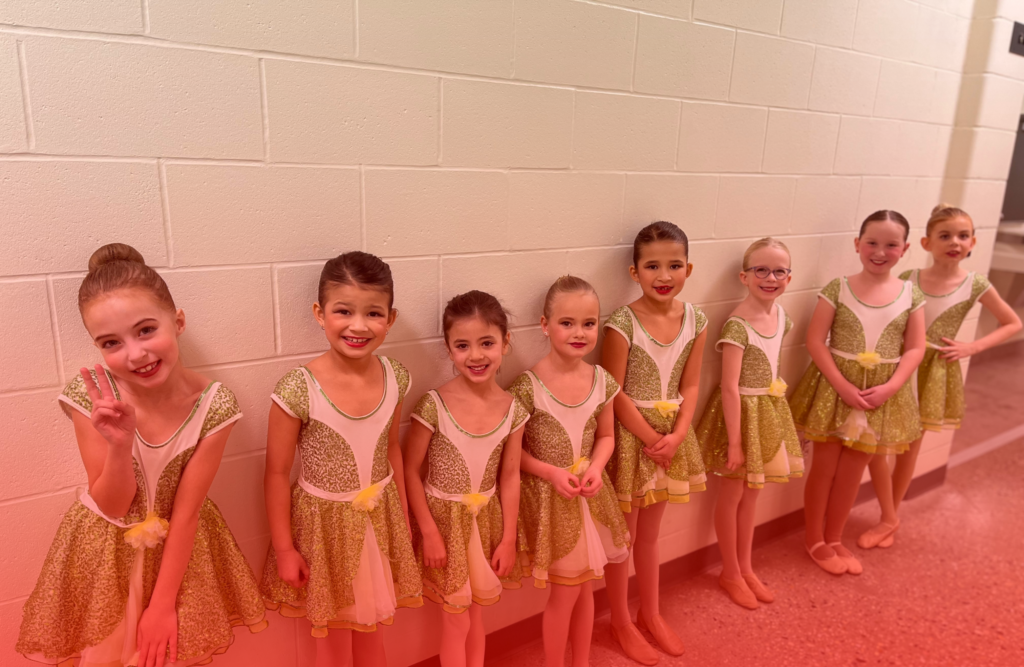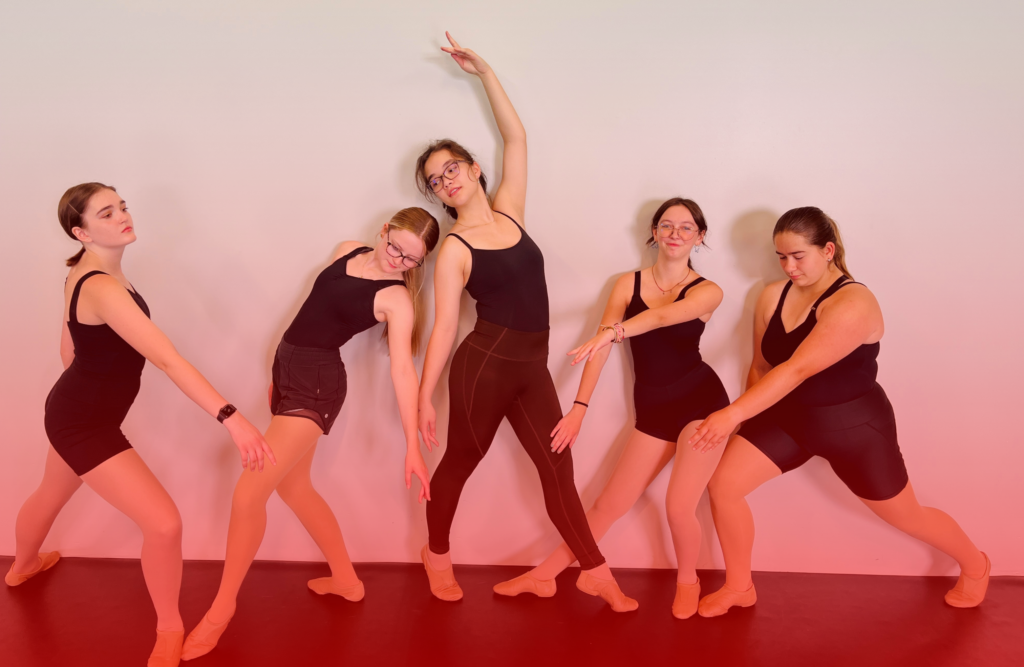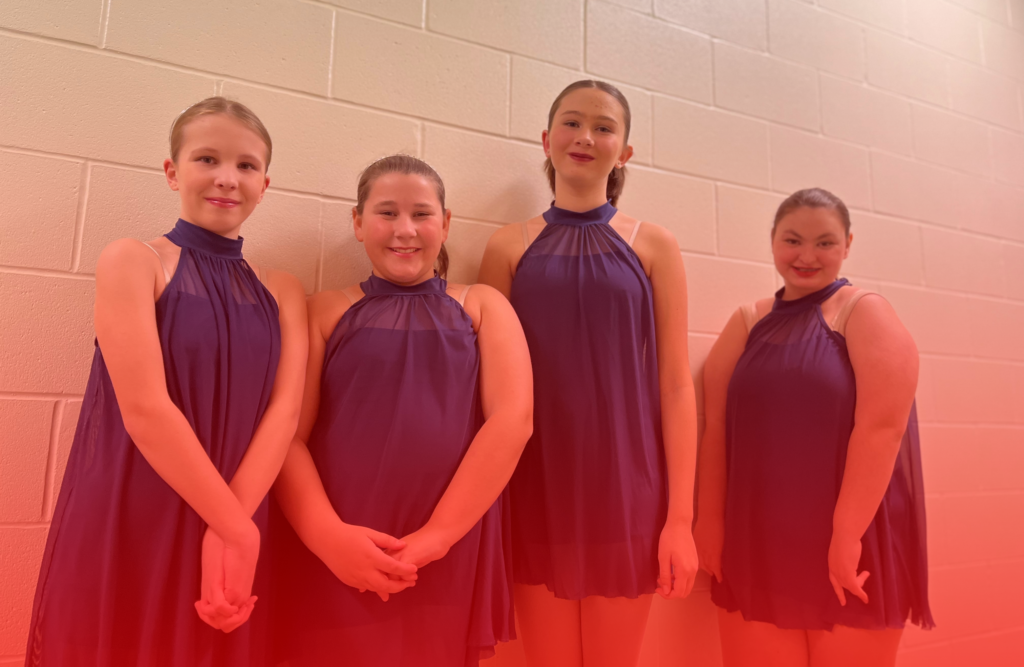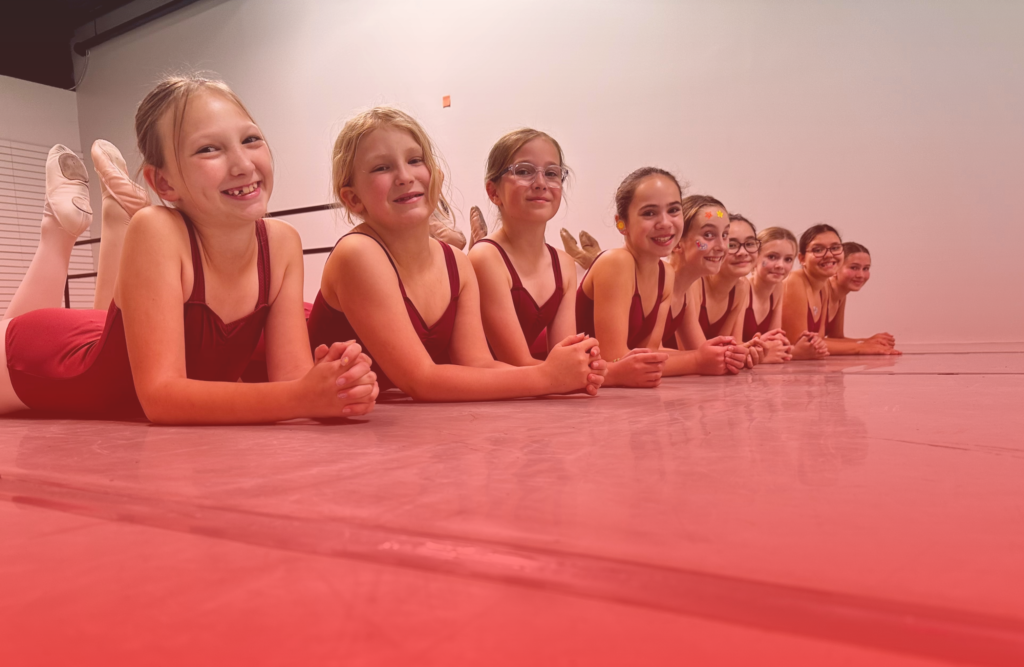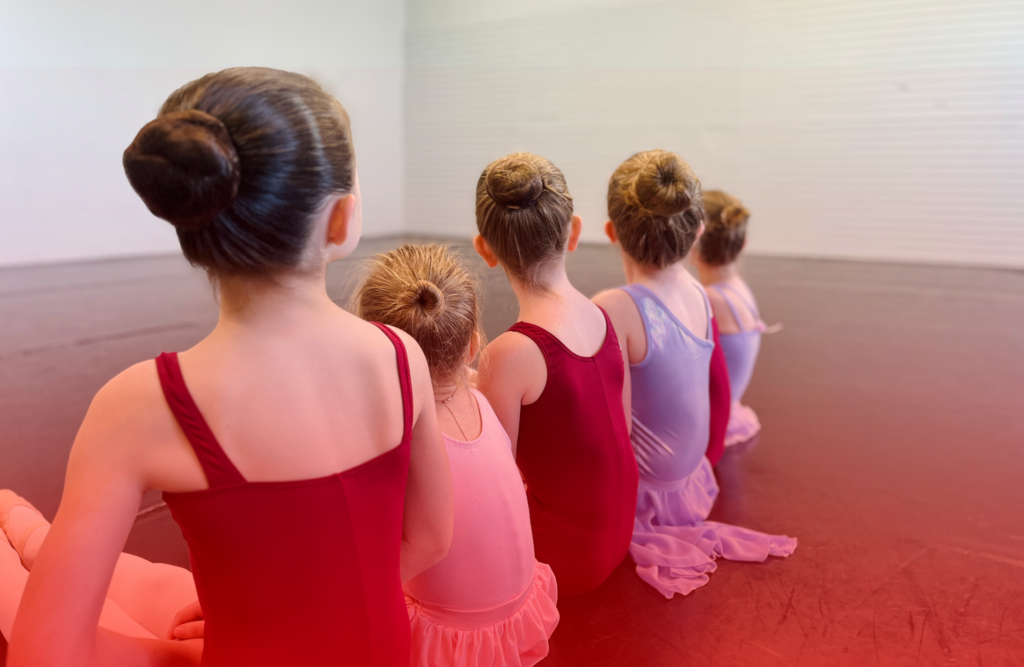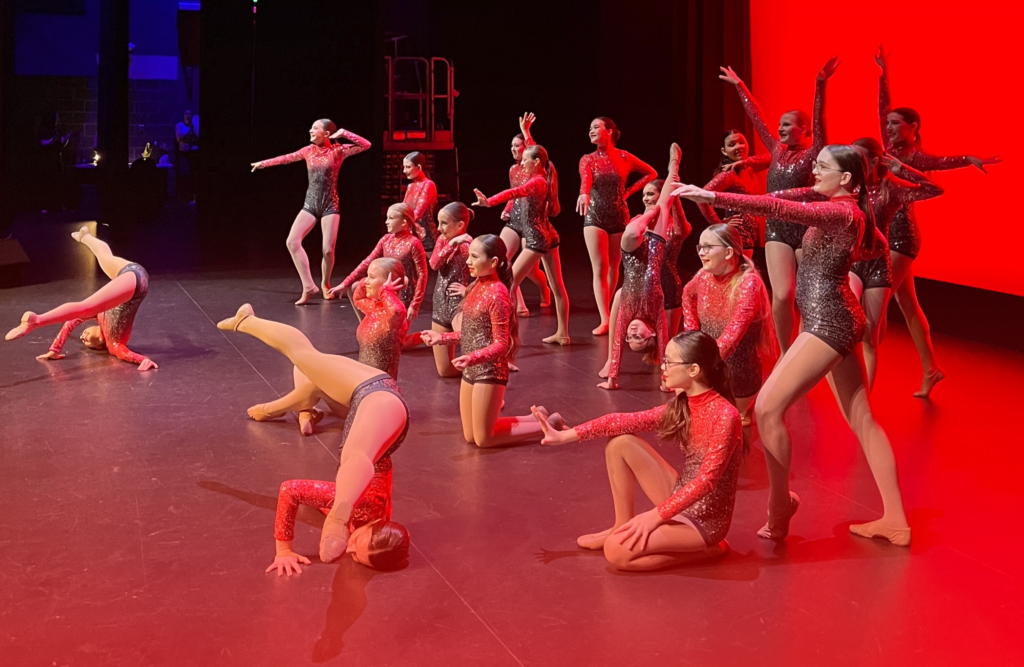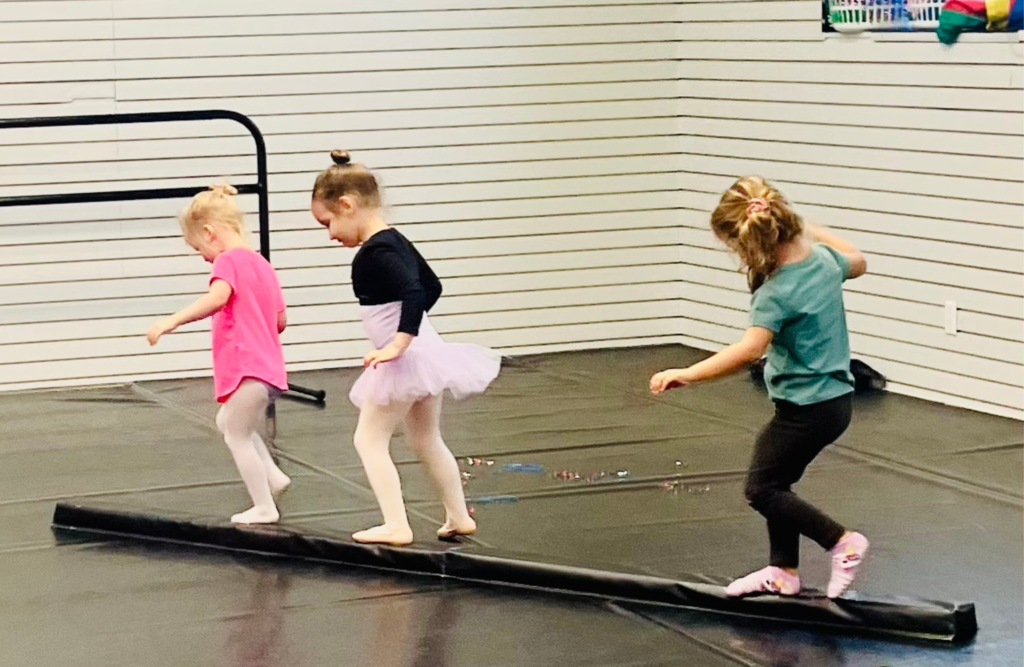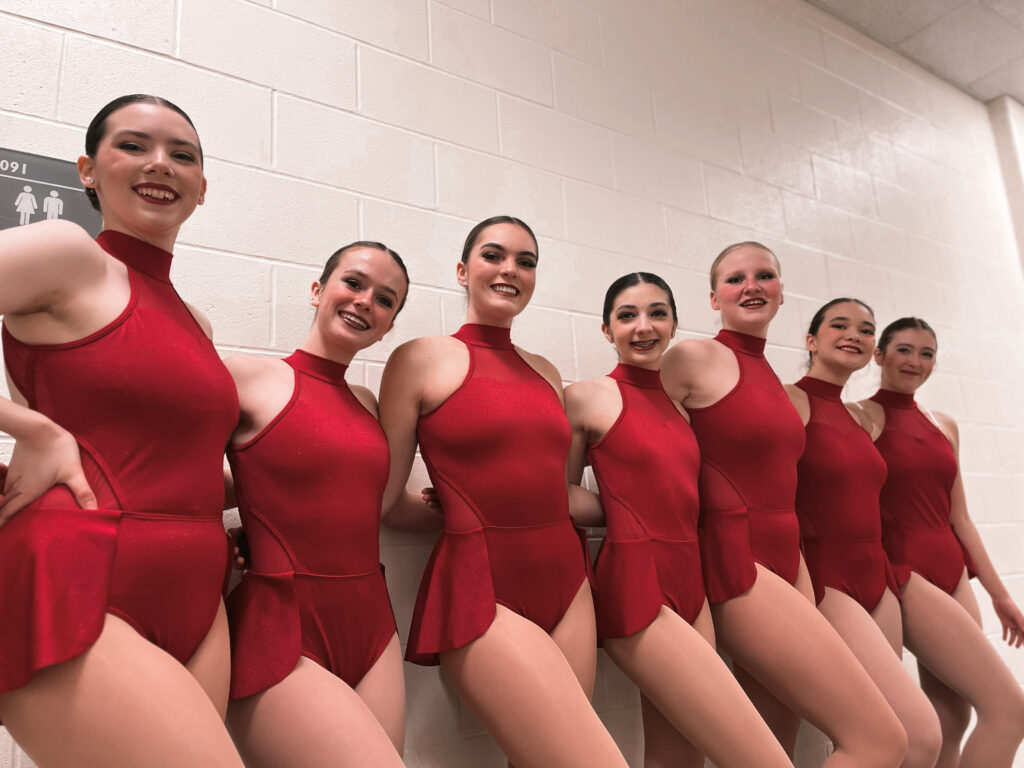Dancing in Our Older Years: Ageless Grace & Fun
As we age, finding ways to stay active, both physically and mentally, becomes increasingly important. For many, dance offers a delightful solution—a way to keep moving, connect with others, and maintain a sense of joy and creativity. Our Silver Swans classes starting in October 2024 reflect a growing interest in using dance as a means to enhance the quality of life for older adults.
The Physical and Mental Benefits of Dance
 Research has long shown that physical activity is essential for maintaining health as we age. Dance, in particular, offers a unique blend of physical exercise and mental stimulation. It’s not just about keeping fit—dance engages the mind, improving memory, decision-making, and cognitive function.
Research has long shown that physical activity is essential for maintaining health as we age. Dance, in particular, offers a unique blend of physical exercise and mental stimulation. It’s not just about keeping fit—dance engages the mind, improving memory, decision-making, and cognitive function.
For our more “Silver Dancers” who participate in classes even with heart conditions, pacemakers and / or leg problems, dance offers a way to stay active even with physical limitations. Whether standing or seated, participants can modify movements to suit their abilities, ensuring that everyone can enjoy the benefits.
A much more crucial aspect of dance: its potential to prevent conditions like dementia. Dance is not only a physical exercise, it is also a cerebral exercise. There’s memory use, there’s decision making, counting and musicality. Big bang for your buck 🙂
The Social Dimension of Dance
Beyond the physical and mental benefits, dance also provides a powerful social outlet. Susan Venn, co-director of the Centre for Research on Ageing at Surrey University, emphasizes that the social aspect of dance is almost as important as the physical. ‘Engagement with others in the community has as many health benefits in terms of mental wellbeing as the physical benefits of keeping moving in later life,’ she says. After all, what’s better than sharing a laugh over a misstep or two, or finding a new friend who loves to cha-cha just as much as you do? Whether it’s comparing dance shoes or swapping stories over a post-class cup of tea, the joy of dancing with others is a reminder that age is just a number, and good company is the best rhythm of all.
Overcoming Barriers and Encouraging Participation
While the benefits of dance are clear, encouraging older adults to participate can be challenging. The challenge of getting to and from a studio, overcoming the fear and anxiety of those first classes, and worrying about how you’ll perform can be daunting. But once you realize how supportive the community is, dance can quickly transform from a source of apprehension to a beloved and beneficial activity for anyone.
A series of pilot groups funded by the Royal Academy of Dance (RAD) involved 112 older people across London, offering classes in tap dancing, musical theatre, and jazz dance. The results were overwhelmingly positive, with participants reporting physical, mental, and emotional gains in just six weeks. Who knew that a few plies and port de bras could do so much good? It turns out, the hardest part is just showing up—after that, it’s all about finding your groove and maybe even discovering your inner Fred Astaire!
The Challenge of Memory in Aging
As we consider the benefits of dance, it’s also important to acknowledge the challenges that come with ageing, particularly when it comes to memory. Many of us can relate to the frustration of forgetting things—whether it’s the details of a book we’ve read, a movie we’ve watched, or even what we had for breakfast (was it toast or was that yesterday?). These lapses in memory are a common part of ageing, especially as we reach middle age, which now extends from the 40s to the late 60s!
Given these challenges, the question arises: can an older brain learn and retain new information? The answer is a resounding yes, and dance can play a significant role in this process. As dance engages both the body and the mind, it helps to keep the brain active, sharp, and capable of learning new things. The repetition of dance steps, the memorization of routines, and the social interaction all contribute to maintaining and even improving cognitive function in older adults. So, whether you’re mastering the adage or just trying to remember where you left your keys, dance might just be the perfect brain boost—and let’s be honest, it’s a lot more fun than those memory games on your phone!
Conclusion: Join Us This Fall
As we look to the future, it’s clear that dance has the potential to play a vital role in the health and happiness of older adults. Whether it’s to stay physically active, mentally sharp, or socially connected, dance offers something for everyone. And what better way to experience these benefits than by joining our Silver Swans ballet classes?
Designed specifically for those aged 55 and over, these classes are the perfect opportunity to embrace the joy of movement in a supportive and fun environment. Starting on October 3rd, the classes will be held on Thursday mornings for 8 weeks, with a break on November 14th. Whether you’re dusting off your old ballet slippers or trying dance for the first time, you’ll find a welcoming community ready to twirl, stretch, and smile with you. So why wait? Let’s dance our way to better health and happiness together





